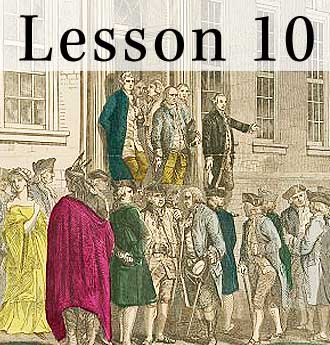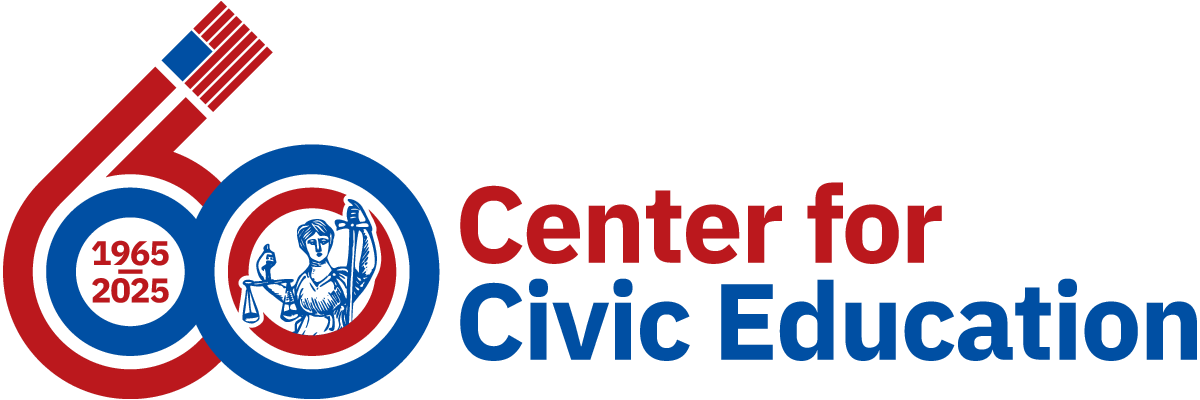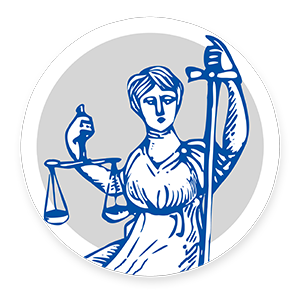The Resource Center » Level 3 » Unit 2 »
Lesson 10: Why Was Representation a Major Issue at the Philadelphia Convention?

Lesson Purpose
Lesson Objectives
- explain the differences between the Virginia Plan and the New Jersey Plan and the importance of the Great Compromise,
- explain how the Framers addressed regional issues with the Three-Fifths Compromise and the provision for a periodic census of the population, and
- evaluate, take, and defend positions on why major issues debated at the Philadelphia Convention are still on the national agenda.
Lesson Terms
Lesson Biographies
Lesson Primary Sources
The Virginia Plan was presented by Virginia delegate Edmund Randolph to the Philadelphia Convention on May 29, 1787. It provided for a national government composed of three branches. It proposed a Congress of two houses, both of which would be based on proportional representation. The Virginia Plan favored a strong national government.at the Philadelphia Convention that provided for a national government composed of three branches. It proposed a Congress of two houses, both of which would be based on proportional representation. The Virginia Plan favored a strong national government.






